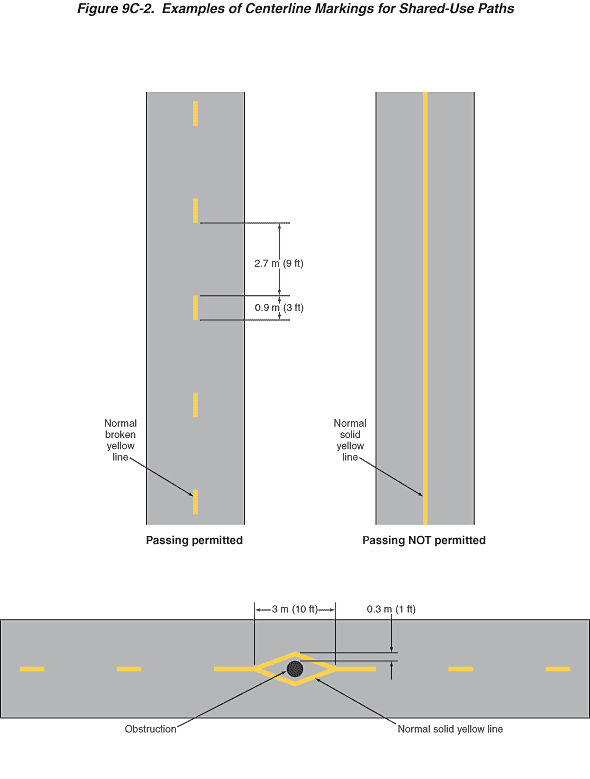
Figure 9C-2. Examples of Centerline Markings for Shared-Use Paths
This figure illustrates three examples of centerline markings for a shared-use path.
The first example shows a vertical two-lane shared-use path where passing is permitted. A centerline of a normal broken yellow line is shown marked on the pavement, separating the two lanes. The yellow line segments are shown as a dimension of 0.9 m (3 ft) long. The distance between the edges of two line segments is shown as a dimension of 2.7 m (9 ft).
The second example shows a vertical two-lane shared-use path where passing is NOT permitted. A single centerline of a normal solid yellow line is shown marked on the pavement, separating the two lanes.
The third example shows a horizontal two-lane shared-use path with a circular obstruction in the center of the path between the two lanes. At the leftmost and rightmost sides of the illustration, a normal broken yellow line is shown marked on the pavement, separating the two lanes. Closer to the obstruction, both east and west of the obstruction, the broken yellow line is shown changing to a solid yellow line. Closest to the obstruction, the obstruction is shown as being in the middle of a diamond-shaped island formed by solid yellow lines. The horizontal length of the diamond shape around the obstruction is shown as a dimension of 3 m (10 ft), and the vertical dimension from the edge of the obstruction to the outer edge of the yellow line at both of the vertically aligned points of the diamond shaped island is shown as 0.3 m (1 ft).
